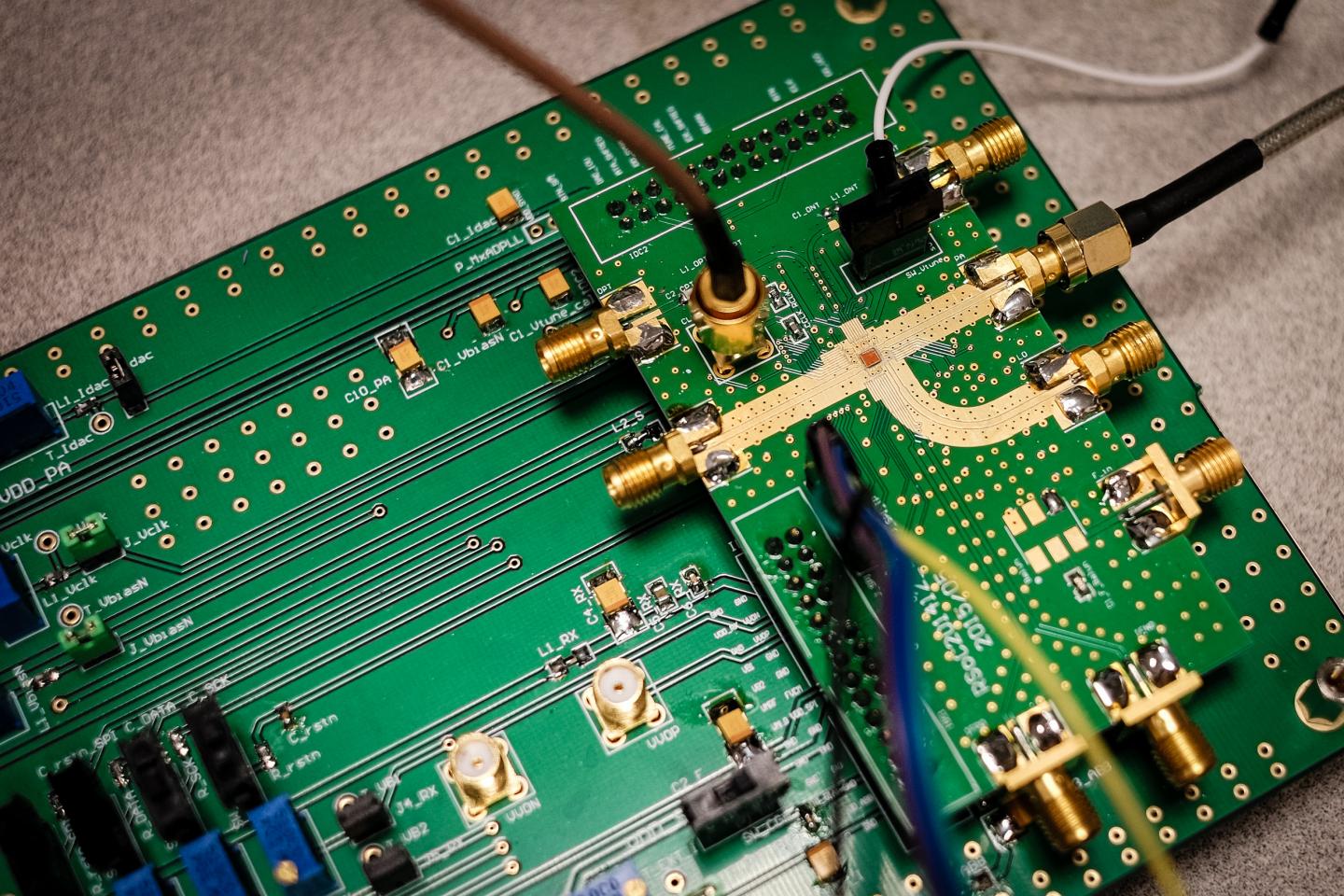The technology clash between the US and China is intensifying. Third countries and companies are trying to rely less on Chinese semiconductor suppliers to avoid sudden breaks in supply chains. ASEAN countries can take advantage of the situation.
In Singapore, the French company Soitec will invest EUR 400 million to double its wafer production plant. The American Applied Materials will spend a little more, 405 million, to build a new plant. Another American company, Global Foundries, is already building a 3.6 billion plant, again in the Lion City. The shopping list of European, American and Asian companies investing in the island and some other ASEAN countries is long and impressive. And it is destined to increase if the tension between the US and China does not abate.
The clash between the two great Pacific powers is reshaping technology supply chains. Washington is trying to slow the growth of China's semiconductor sector by blocking the export of high-tech products and encouraging companies to buy chips elsewhere. US policies also affect companies in third countries. The Dutch company ASML, the world's leading manufacturer of lithographic machines (one of the many parts of the supply chain), will be subjected to much stricter export control rules after The Hague chose to follow the American line. Although the Dutch government measure does not name names, the implicit target of the measure is China.
However, there is no need to resort to legal constraints to redirect companies' strategies. The increasingly heated tones between Washington and Beijing, and the growing tensions around Taiwan, are pushing companies to shift their orders from China to other Asian countries. The economic and technological decoupling hoped for by the US is already happening to a small extent. Yet, it remains difficult to achieve given that the world's two largest economies play very different roles in global trade (and financial) flows. Each of the two contenders does not seem to be able to give up on the other and the same goes for third countries, from ASEAN to the EU, without facing harsh economic consequences. And indeed, ASEAN countries try to maintain a cordial and pragmatic equidistance between the US and China.
Working with both powers, without renouncing ties with either. This strategy, followed by most countries in the region, has diplomatic and economic reasons. On the diplomatic level, ASEAN governments would prefer a less assertive Beijing in the South China Sea (in fact, they are also increasing their defence spending), but not isolated, as they would like in Washington: maintaining good relations with China seems to be the best way to guarantee the region's security, according to the ASEAN chancelleries. Economically, both dollars and yuan are needed to finance the region's development. US and Chinese consumers and companies are interested in ASEAN-made electronic products, especially if buying goods produced by the rival becomes more difficult. Investments in facilities and infrastructure also matter: Beijing and Washington are also competing in this field, respectively with the Belt and Road Initiative and the Build Back Better World plan.
The prospects look bright for semiconductor manufacturers in the ASEAN countries (Singapore, Vietnam and Malaysia, but also Indonesia and Thailand). The clash for technological dominance in the XXI century between the eagle and the dragon assigns to the new 'ASEAN tigers' the role of the world's alternative factory, capable, however, of exchanging products and cooperating with both sides. That is, unless the two powers demand from the governments of third countries to take sides or renounce cooperation with their rival. An impossible choice for the ASEAN countries, but perhaps also for the parties to the technology dispute themselves. In this scenario, the strengthening of ASEAN's regional integration, politically and economically, could defend the diplomatic autonomy of its members and foster the development of chip value chains.






